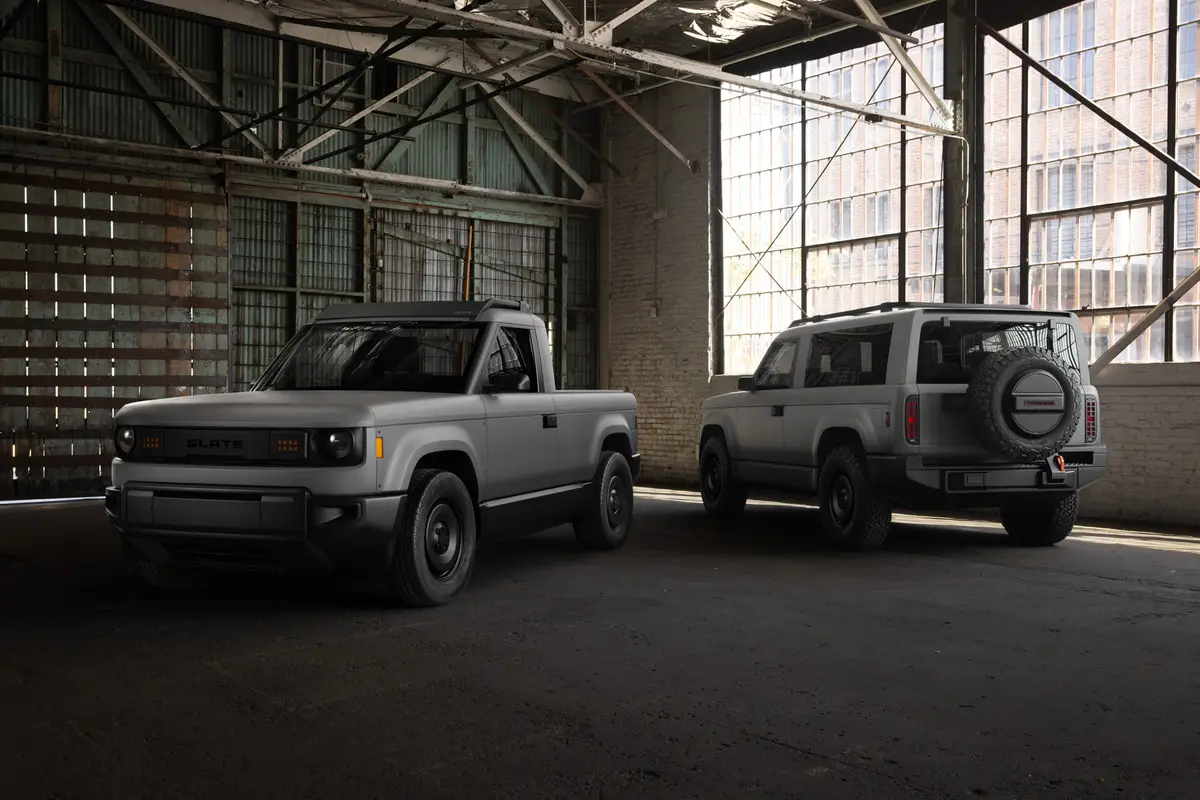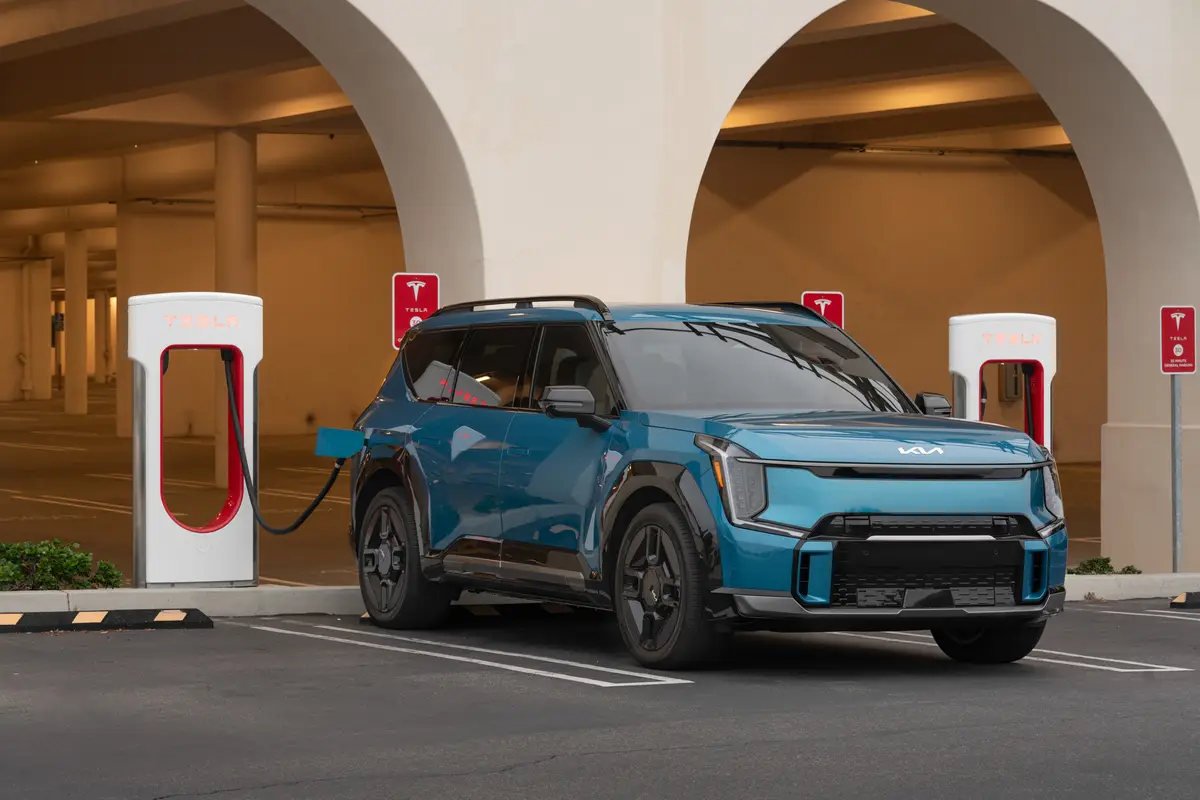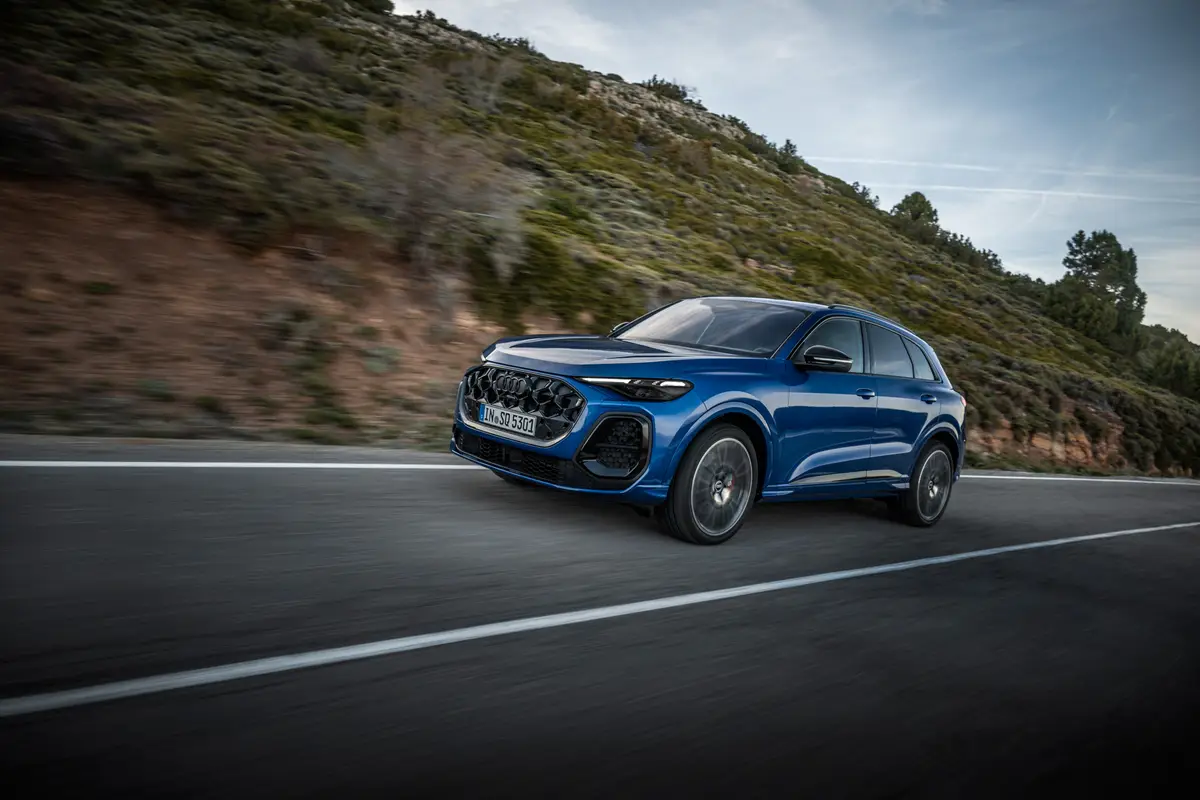Boston.com's view
We have driven from New Jersey, just outside Manhattan, to a mountaintop at the Skytop Lodge and Resort in the Pocono Mountains. We have splashed through water, pushed through mud, and crawled with confidence over rocky projections along the sometimes steep trail. The booming of blasting shotguns echoes around us, from a nearby shooting range.
We got up here tucked into the elegant if subtle luxury of Audi’s late entry into the big-SUV market, the 2007 Q7.
At its unveiling in New Jersey, Audi told us the Q7 is a ”third generation” SUV. That means it is taking a road plowed by other manufacturers who moved from truck-based mashers through luxurious truck-based mashers to luxurious performance SUVs.
Audi is singing a tune first warbled by such makers as Porsche, Mercedes-Benz, Lexus, and other builders of luxurious sedans and high-performance sports cars. Too many of their loyal owners also had an SUV in the garage, but they were made by some other company.
Audi aficionados who also want big, burly, powerful, elegant, and still distinctively Audi will love the Q7.
First, it’s flexible.
The car comes with two rows of seats for five occupants, three rows of paired seats for six, and a center bench, with folding ski-through middle for seven on board. That middle seat also travels fore and aft 4 inches and can be folded flat, even with headrests on.
Got groceries or cargo to load? A button on the sidewall just inside the rear lift gate lowers the rear of the car nearly 3 inches. Leave it up for unloading. And the rear lift gate is made of lightweight aluminum, which can be raised by optional electric motors activated from the driver’s door, key fob, or at the rear.
Wonderfully firm leather bucket seats up front grip tightly, whether you’re whisking swiftly in and out of highway traffic, pushing hard around corners on country roads, or scrambling up a rain-drenched trail to where all the shooting is going on. Woods used to dress the interior include burl walnut, olive ash, and tamo — a dark, Japanese wood.
They bill ”Cricket leather” as an option for the seats, but you’d probably have to kill a lot of crickets to cover all this seating.
Franciscus van Meel, chief engineer for the Q7, called it ”our big baby that we’re so happy with.”
Happy is subjective. Big is objective, and the Q7 is one big object.
Though you cannot tell it by any interior clues — or an ridge, edge, or curve in the outer skin — it comes with at least some platform DNA from the Volkswagen Touareg and Porsche Cayenne. Not that you could mistake any of the three for each other when driving them.
Its length is nearly a foot beyond the Cayenne’s or Touareg’s, and it’s nearly 6 inches wider than either. It weighs nearly 5,500 pounds and rides on suspension that can be set for automatic, comfort, dynamic, and off-road modes.
And it is powered, in the model hitting showrooms next month, by a 4.2-liter V-8 that produces 350 horsepower and transfers its torque — using Audi’s nifty constant all-wheel-drive quattro system — through a six-speed Tiptronic transmission.
That’s a lot of horsepower and, frankly, it felt like more as we climbed, darted, cornered, and plodded.
And to the most excellent burble of its purposely tuned exhaust system (think and hear American muscle car), I was able to use the manual mode of the transmission to forgo brakes in controlling the SUV down winding, steep roads and to upshift nimbly.
Front and front-side air bags are standard, as are side-curtain air bags for all three rows. Second-row side-impact bags are an option. That would weave a fine cocoon. Standard traction and stability control greatly lessen the chance those air bags will ever have to be deployed.
A six-cylinder model (Touareg power) is coming in the fall, and a diesel is being sold in Europe, though Audi is watching the US market and its regulatory receptiveness to diesel before deciding whether to introduce diesel here.
The V-6, when it arrives, will start around $50,000 while the V-8 4.2 Premium, as tested, starts at $59,900. A $2,400 technology package includes rear-view camera, ”side assist” with LED lights on the mirrors that warn you when someone is in your blind spot, and other goodies. The navigation system runs $1,800. And that cricket leather? $1,000.
THE BASICS
Base price/as tested: $59,900/$65,000 (estimate) Fuel economy: 16 m.p.g. (estimate)
THE SPECIFICS
Drivetrain: all-wheel drive
Seating: five, six, or seven occupants
Horsepower: 350
Torque: 325 lb.-ft.
Length: 200.2 inches
Wheelbase: 118.2 inches
Height: 68.4 inches
Width: 78.1 inches
Curb weight: 5,467 pounds
Royal Ford can be reached at ford@globe.com.
Latest news



